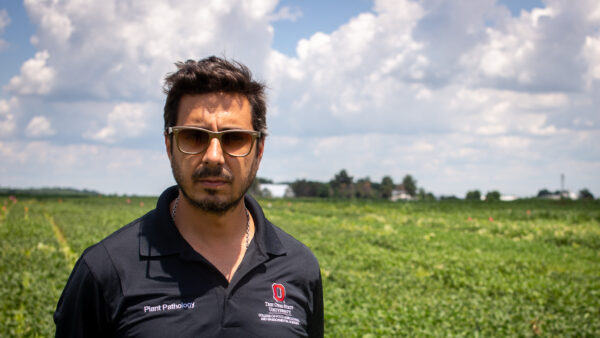
Last week, Health Canada announced a 60-day a 60-day public consultation in regard to Canada’s Novel Food Regulations, which could determine how Canadian plant breeders are able to use gene editing to create new products for decades to come.
We sit down for a chat with Jennifer Hubert, plant biotechnology director for CropLife Canada, to talk about the significance of the question that sits before the federal public health agency: when is a food that was derived from a plant developed through breeding a “novel food”? The answer to this question, Hubert says, will determine our country’s approach to technologies like gene editing.
Health Canada says its intent is to ensure it provides greater clarity, predictability and transparency regarding the regulation of novel foods derived from plants, including those developed using gene editing technologies and wants to provide an efficient and predictable pathway to commercialization for new products.
For over a century, plant developers have used a large array of breeding methods to produce thousands of plant varieties. Many of these breeding methods have been safely used in the Canadian food supply. Under the product-based regulatory system for Novel Foods, Health Canada says it may consider certain foods derived from products of plant breeding “novel” based on the particular characteristics they exhibit.
Hubert talks about why gene editing is an important tool for the Canadian seed sector, how other countries in the world have approached the issue, and what you can do to ensure your voice is added to the discussion.












